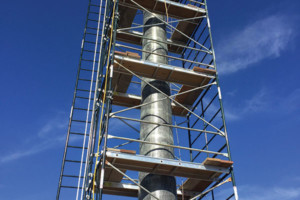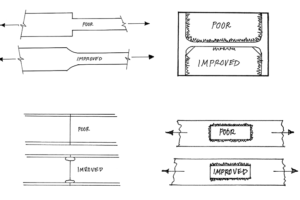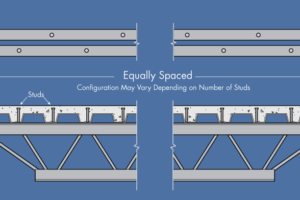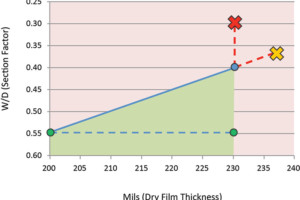A New FRP Solution for Strengthening Concrete Telecommunication Towers
The wireless communications industry has experienced exponential growth in recent years. Not only is the number of customers increasing, but the amount of information being transmitted through these networks is also increasing. Whereas a decade ago we used our mobile phones strictly for voice transmission, the introduction of the smartphone has increased the demand on the networks and the supporting infrastructure. …










